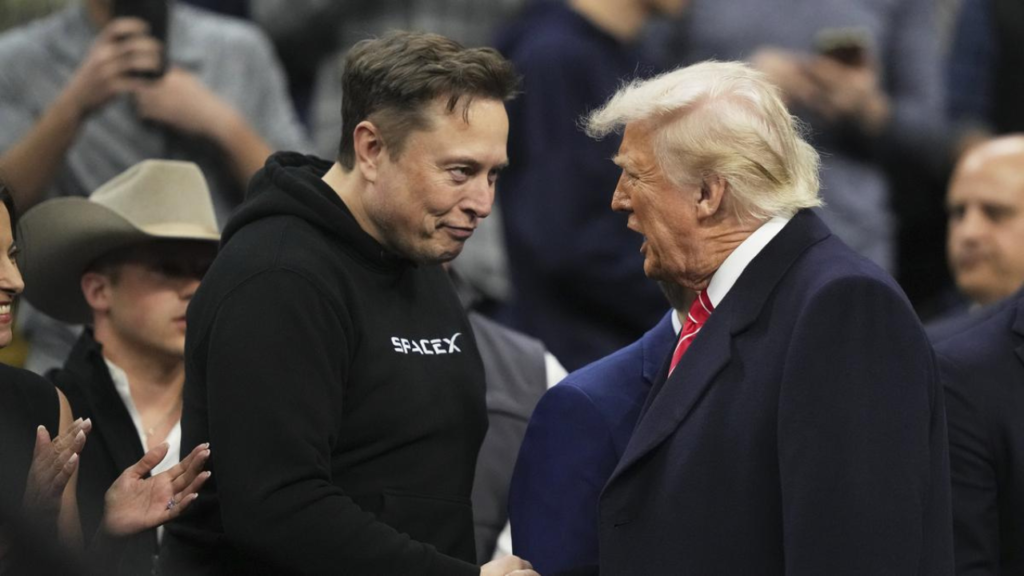In 2025, the global economic landscape is again reshaped by intensifying tariff tensions between the world’s two largest economies, The United States and China. This renewed trade war has escalated swiftly, with both nations imposing steep tariffs on each other’s goods. What began years ago as a strategic move to correct trade imbalances and address intellectual property theft has now evolved into. A full-blown economic standoff’ Impacting not just bilateral trade but also global supply chains. Shipping industries, consumer prices, and geopolitical alliances. The moves made by Washington and Beijing in recent weeks are a continuation of their prolonged economic rivalry. But with even higher stakes.
Understanding Tariffs and Their Purpose
Tariffs are taxes imposed on imported goods and are primarily used to protect domestic industries. Reduce trade deficits, and generate government revenue. While they can serve national interests in certain scenarios, excessive use can lead to retaliatory measures. Disruption of trade relationships, and inflationary pressures. Historically, tariffs have been a central element in the U.S.-China relationship, especially since the trade war initiated in 2018. That initial conflict led to hundreds of billions of dollars worth of tariffs, and although it cooled over time. Deep-rooted issues remained unresolved. The 2025 tariff escalation signals that these tensions have not only persisted but grown more volatile.
Recent Developments in U.S. Tariff Policy
As of April 2025, former U.S. President Donald Trump, seeking re-election, has returned to hardline economic policies by announcing an aggressive set of tariff measures aimed at curbing Chinese influence. These include:
- A historic 145% tariff on a broad range of Chinese imports, making it the highest U.S. tariff rate in over a century.
- Targeted tariffs on shipping: Chinese-owned or Chinese-built ships docking at U.S. ports will now face a new charge, based on the tonnage of goods carried. Additionally, foreign vessels transporting liquefied natural gas (LNG) will be prohibited in a second phase, targeting China’s global shipbuilding dominance.
- Elimination of the De Minimis Rule: Starting May 2, 2025, the U.S. will remove the tax exemption on goods under $800 from China and Hong Kong. Each shipment will now be subject to a 120% tariff or a fixed fee of $100, increasing to $200 by June.
These measures are part of Trump’s so-called “Liberation Day” trade package, designed to reclaim manufacturing jobs and reduce the United States’ reliance on Chinese goods. However, analysts caution that these sweeping tariffs may also backfire by raising prices for American consumers and disrupting business supply chains.
China Countermoves
In response, China has retaliated by increasing tariffs on all U.S. goods from 84% to 125%. Although Beijing announced it does not intend to escalate further for now, this move serves both as a statement of strength and a warning. China has also started considering alternative trade routes and alliances to reduce dependency on U.S. trade:
- Regional Diversification: China is deepening trade relations with Southeast Asian nations and expanding its Belt and Road Initiative to buffer the impact of American tariffs.
- Trans-shipment Tactics: Chinese exporters are increasingly rerouting products through third-party nations to bypass U.S. tariff barriers.
Though China has not yet imposed restrictions on U.S. companies operating within its borders. The growing trade wall threatens the business climate for firms like Tesla, Apple. And General Motors that operate extensively in the Chinese market.
Impact on the U.S. Economy
While Trump’s tariff strategy aims to boost domestic manufacturing and reduce reliance on China. The American economy is expected to bear several costs:
- Rising Consumer Prices: Tariffs are likely to drive up the prices of everyday items including electronics, clothing, and furniture, as many of these are manufactured in or sourced from China.
- Retail Sector Stress: U.S. giants like Amazon, Walmart, and Target could struggle with inventory sourcing, pushing costs higher or forcing a pivot to less familiar suppliers.
- Agricultural Backlash: American farmers—already under pressure—may lose access to China’s massive market for soybeans, corn, and meat products.
In the short term, these effects may dampen economic growth and put pressure on inflation, especially if supply chains don’t adjust quickly enough.
Impact on China and Global Trade
The new U.S. tariffs could hurt China’s manufacturing sector, especially in industries like consumer electronics, textiles, and machinery. However, China’s ability to rapidly pivot toward other markets and regional supply chains may help cushion the impact. Additionally, international trade dynamics are now shifting as countries like Vietnam, India, and Indonesia are increasingly stepping into roles traditionally dominated by China.
The trade conflict is also triggering broader economic uncertainty. Global markets have responded with volatility, and international businesses are revisiting their supply chain strategies to avoid being caught in the crossfire. Central banks, including the U.S. Federal Reserve and the People’s Bank of China, are now monitoring inflation and growth risks more closely.
Is There Hope for Resolution?
Despite the tension, both sides have left the door open for negotiations. Trump recently stated that talks with China are ongoing and hinted at the possibility of a “great new deal” in the weeks ahead. China’s measured response suggests it is still prioritizing stability over escalation. However, with elections looming in the U.S., trade policy has once again become a political tool, complicating the path toward compromise.
Final Thoughts
The 2025 U.S.-China tariff conflict is more than just an economic disagreement. It reflects a deeper strategic rivalry between two global powers competing for dominance in technology, trade, and geopolitics. While tariffs may provide temporary protection to domestic industries, their long-term consequences. Higher consumer costs, disrupted supply chains, and weakened global confidence cannot be ignored. As both countries recalibrate their strategies, the world watches with bated breath, hoping for diplomacy to prevail over economic warfare.


















